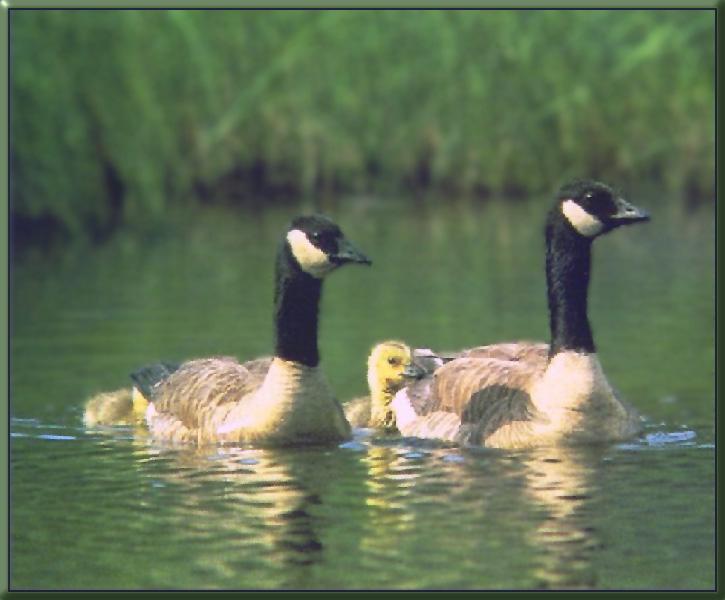|
| 질의: White hawk | 결과: 142번째/166 | |
Canada Geese and goslings (Branta canadensis) (캐나다기러기)
| 제목: | Canada Geese and goslings (Branta canadensis) (캐나다기러기)
| |

| 해상도: 725x600
파일크기: 43223 Bytes
등록시간: 2004:12:07 10:57:45
|
From: don@wildlife.net (Don)
Newsgroups: alt.binaries.pictures.animals
Subject: Re: bird pictures
Date: Thu, 12 Mar 1998 18:48:20 GMT
>I would be very greatful if anybody would be able to post any of the below
>listed birds
>
>Great Blue Heron
>Red Tail Hawk
>White Egret
>Mallard Ducks
>Canadian Geese
>
>Thank you
>
CanadaGoose_02.jpg
CanadaGoose_08.jpg |
^o^
동물그림창고 똑똑전화 누리집
^o^
|
|